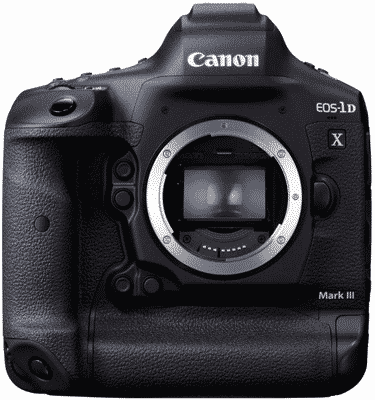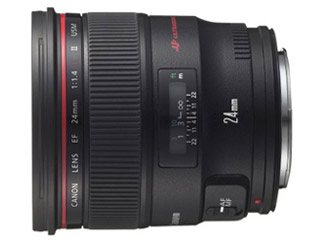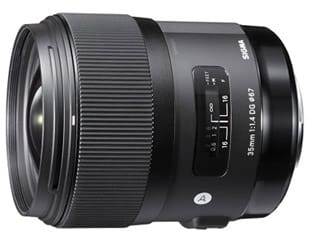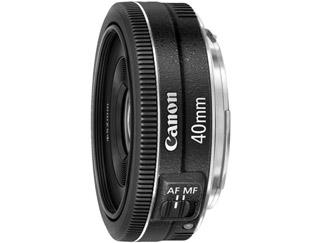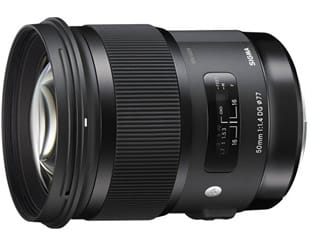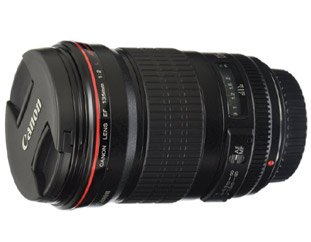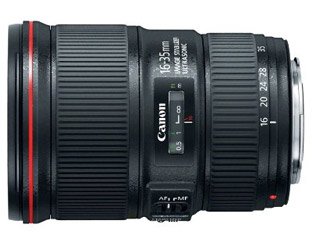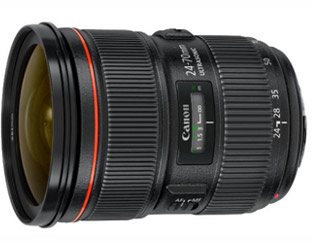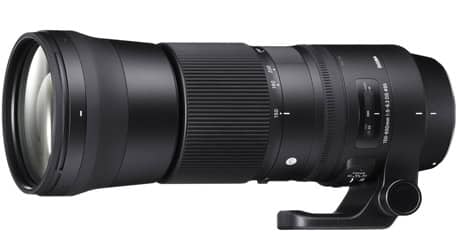Since the Canon EOS-1D X Mark III is good for both still and action video photography, the lenses we recommend are best for all different types of photography.
That includes telephoto for outdoor and indoor sports/wildlife, wider lenses for nature work, and standard range for portrait, weddings and general photography.
With a 20.1MP full-frame sensor and 16 frames per second, the EOS-1D X Mark III is officially the best Canon has to offer and one of the best in its class. So, no matter what type of lens you are looking for, you’re going to get some amazing results.
Besides Canon’s awesome L lenses, you will also find a couple of Sigma’s picks that we find better for the price. Some of them are actually sharper and cheaper than Canon’s lens at the same length. Ain’t no way on earth we could ignore something like that.
List of the lenses we recommend for the Canon EOS-1D X Mark III:
We cover these lenses in depth below, but in case you’re looking for full specifications and reviews, here’s an organized list. Prime and zoom lenses, from widest to longest.
If you decide to buy anything through our Amazon links, you automatically support our work as we receive a small commission and it’s what allows us to write these guides.
Best Wideangle Prime Lenses:
Canon TS-E 17mm f/4L UD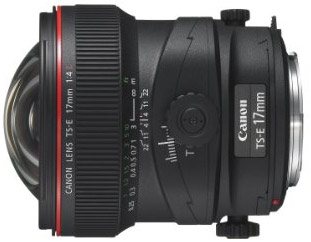
Canon 24mm f/1.4L II USM
Sigma 35mm f/1.4 Art DG HSM
Best Standard Prime Lenses:
Canon EF 40mm f/2.8 STM
Sigma 50mm f/1.4 Art DG HSM
Canon EF 50mm f/1.2L USM
Best Telephoto Prime Lenses:
Canon EF 85mm f/1.8 USM
Canon EF 100mm f/2.8L IS USM Macro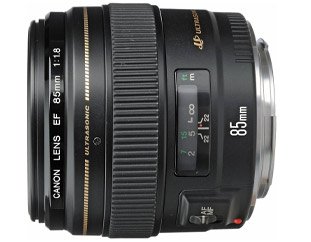
Canon EF 135mm f/2L USM
Canon EF 300mm f/2.8L IS II USM
Canon EF 400mm f/2.8L IS USM II
Canon EF 500mm f/4L IS II USM
Canon EF 800mm f/5.6L IS USM
Best Zoom Lenses:
Canon EF 11-24mm f/4L USM
Canon EF 16-35mm f/4L IS USM
Canon EF 24-70mm f/2.8L II USM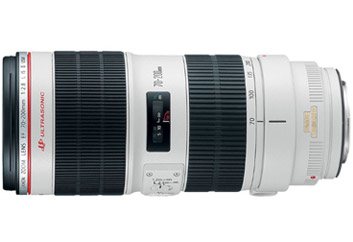
Canon EF 70-200m f/2.8L IS II USM
Canon EF 70-300mm f/4-5.6L IS USM UD
Canon EF 100-400mm f/4.5-5.6L IS II USM
Canon EF 200-400mm f/4L IS USM Extender 1.4x
Sigma 150-600mm f/5-6.3 DG OS HSM
Types of Lenses
We cover 4 different types of lenses:
- Wideangle – Useful for capturing a lot in your scene (usually from 8 to 35mm)
- Standard – Where most photography happens (from 35 to 85mm)
- Telephoto – For subjects far away (85 to 600mm, only a few lenses that go higher)
- Macro – 1:1 ratio that magnifies your subject to real life size (usually from 60 to 180mm)
Maybe you’re focused on only one specific type of photography, or maybe you like shooting it all. In both cases this guide is for you.
Since we don’t know what lenses, you already own, you might see something that you already have. No need to buy it again.
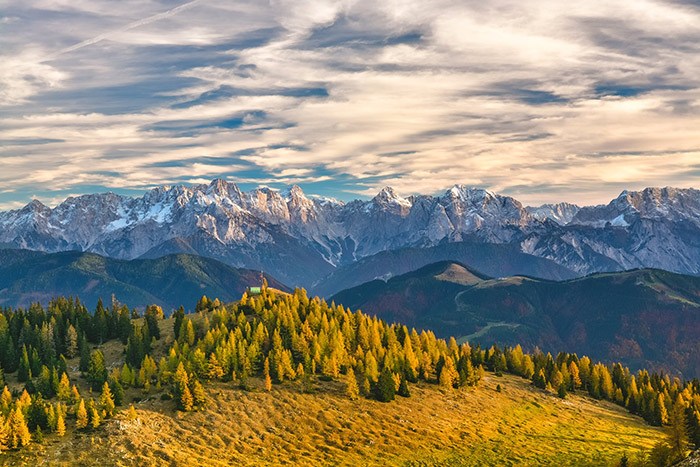
Wideangle lenses
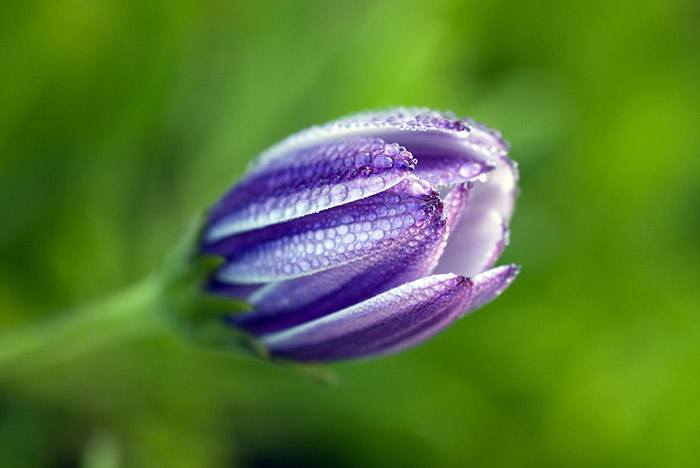
Macro lenses
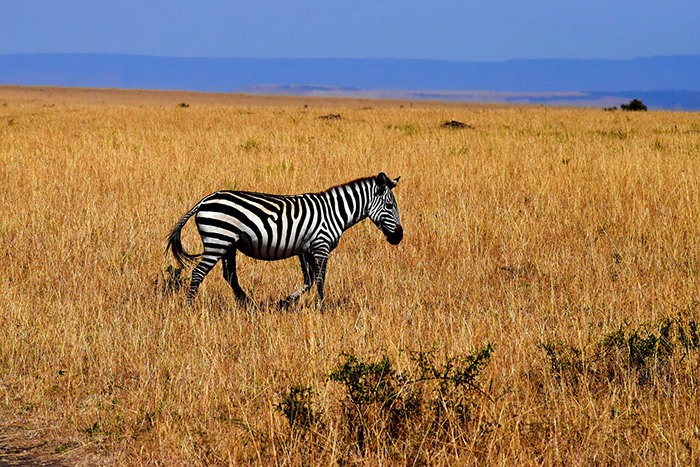
Telephoto lenses

Standard lenses
Best Wideangle Prime Lenses for Canon EOS-1D X Mark III
– For Landscape, Wideangle, Architecture and Indoor Photography –
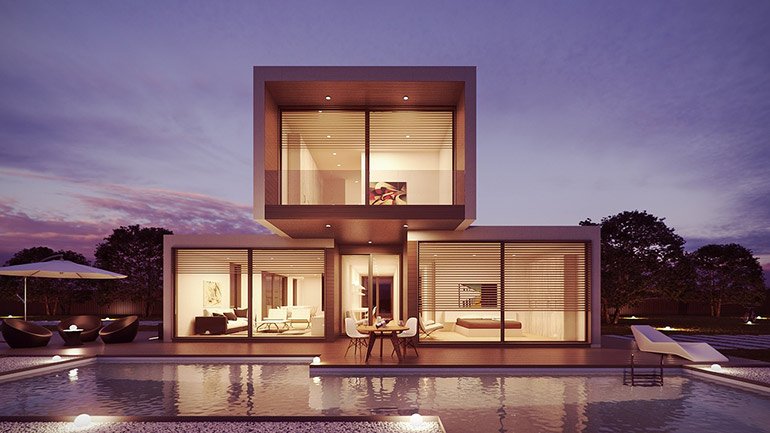
Best tilt-shift lens -> Canon TS-E 17mm f/4L UD
Expensive but fast -> Canon EF 24mm f/1.4L II USM
Sharpest on our list -> Sigma 35mm f/1.4 DG HSM
While the speed and AF of the 1D X II don’t scream “landscape photography”, it’s a tool that can be used for anything. Since it’s a full frame DSLR with good high ISO performance, it’s also an excellent choice for astrophotography and general low light shooting.
The primes below are our favorite picks for all sorts of wideangle photography. For their relatively low price, the vignetting, chromatic aberration and flare are excellently controlled and pretty low.
1. Canon TS-E 17mm f/4L UD
Ask yourself; do you need straight lines in your photography? Whether it’s indoor, architecture, landscape or product photography, if you want to have control over the perspective, the Canon TS-E 17mm f/4L UD is a perfect lens for that.
Tilt and shift lenses are also great for combining images so you can have everything in focus. Alternatively, you can also select a specific part of the shot and have everything else blurred (you can see a video example here along with common uses for these lenses).
The 17mm has one UD and one aspherical element for better quality and less chromatic aberration. In terms of quality and sharpness, it’s up there with the rest of L lenses and is worth every dollar. It’s also the widest tilt-shift available, which makes it the best candidate for interior photography. You can also check out the TS-E 24mm f/3.5, released in the same year.
You can buy it at Amazon or see more reviews here.
2. Canon EF 24mm f/1.4L II USM
If you know you need f/1.4 and this exact wide angle, check out the Canon EF 24mm f/1.4L II USM.
It’s not the cheapest 24mm but it’s the best you can get so make sure your work will look good with a 24mm lens. For example, you may have taken a couple of portraits at 24mm with a zoom you have right now, but it’s rarely good to use the 24mm just for people. This is more of a landscape, indoor, group lens, something you can also use in tighter spaces thanks to the 0.8 feet closest focusing distance. It’s also a good choice to use as an all-around wide prime if you like that style.
Focusing is quick and quality is absolutely amazing, even at f/1.4 but gets tremendously better at f/2.
You can buy it at Amazon or see more reviews here.
3. Sigma 35mm f/1.4 Art DG HSM
The sharpest lens on our list is the Sigma 35mm f/1.4 DG HSM released in 2012.
You won’t find anything better even at a higher price, and that includes Canon’s more expensive 35mm. Unfortunately the Sigma is nowhere near being super affordable as well, but it’s still at a price where if you’re serious about street, portrait, wedding photography or anything in the wide/standard focal length range, you’ll want it sooner or later.
You can buy it at Amazon or see more reviews here.
Best Standard Prime Lenses for Canon EOS-1D X Mark III
– For Portraits, Weddings, Low Light and General Photography –

Best for traveling light -> Canon EF 40mm f/2.8 STM
Want sharpness? -> Sigma 50mm f/1.4 Art DG HSM
Want best bokeh? -> Canon EF 50mm f/1.2L USM
These lenses are good for almost all types of photography, but this is where they excel at. Their high quality, large aperture that lets in a ton of light, the ability to blur the background and a focal length that nicely compresses your subject’s face is why we put them on this list.
The 50mm’s are also appropriate for weddings and portraits. Get the f/1.2L if you’re all about bokeh, or get the f/1.4 if you need a little bit of everything.
1. Canon EF 40mm f/2.8 STM
You’re probably thinking we’re crazy to include a $150 lens as a best choice for the most expensive Canon DSLR, but the Canon EF 40mm f/2.8 STM has the quality of zooms that cost around $1,500. We’d be crazy not to include it!
What also makes it special is the compact, lightweight design. Sometimes you just want to go out and shoot without carrying big, heavy gear. The 40mm is the only ‘pancake’ EF choice.
It’s sharp, has great colors and can be used in low light thanks to f/2.8. It may look funny on a big DSLR body, but the performance is nowhere near funny, that’s for sure. Dpreview gave the 40mm a 84% score and also recommends it to those looking for a compact lens.
You can buy it at Amazon or see more reviews here.
2. Sigma 50mm f/1.4 Art DG HSM
You’ve probably seen the Sigma 50mm f/1.4 Art DG HSM many times if you often check out the latest and greatest gear. It beats every Canon 50mm in terms of quality, but it’s obviously more expensive than the f/1.8 and f/1.4 versions.
It’s also built way better and has a more accurate, faster focusing system thanks to the HSM. Sigma’s new Art series has a lot of exciting, optically superb lenses and we’re excited to see what else they release.
Simply put, if you want an affordable, razor sharp 50mm, you’ll love it.
You can buy it at Amazon or see more reviews here.
3. Canon EF 50mm f/1.2L USM
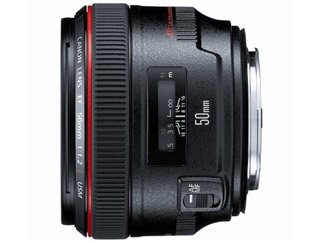
If the term bokeh excites you and a big part of your photography is having a blurry, out of focus background, check out the Canon EF 50mm f/1.2L USM.
It’s not the cheapest, and at f/1.2 it’s also not the sharpest (shows some chromatic aberration), but you buy this lens because you know you want beautiful bokeh with background blur that’s more amazing than your main subject (exaggerating, but you get the point).
Thanks to f/1.2 you can also capture shots in extreme low light with acceptable shutter speeds, but we really don’t recommend you to get it if you’ve never shot with a 50mm lens before. There’s no point in buying it and then stopping down to f/4, you’ve got hundreds of other choices for that.
You can buy it at Amazon or read more reviews here.
Best Telephoto Prime Lenses for Canon EOS-1D X Mark III
– For Portrait, Wildlife, Sports, Wedding and Concert Photography –

Best affordable prime -> Canon EF 85mm f/1.8 USM
Longer, even sharper -> Canon EF 135mm f/2L USM
Best length for sports and animals -> Canon EF 400mm f/2.8L IS II USM
Telephoto photography is what the 1D X II was mostly created for. With 2 more fps compared to the previous version (16 vs 14fps), Dual Digic 6+ processors and 61 AF points, the speed of this camera is crazy fast. If you often use converters, you’ll also benefit from all 61 points working at f/8 (only 5 on the first 1D X). The AF system is also sensitive to EV -3 compared to -2.
Video wise, the Dual Pixel AF technology allows you to get smooth and accurate continuous focus while recording.
1. Canon EF 85mm f/1.8 USM
The Canon EF 85mm f/1.8 USM is our wedding, concert and portrait photography winner. The longer focal results in you not having to be so close to your subject so you can be silent (big plus for weddings and concerts). Longer lenses have always been recommended for capturing people because they don’t distort the faces; they give you nice, flat results.
Why not the f/1.2 version? It focuses slower, is bigger and heavier, and costs 3x more. It’s a great lens, but gives you less value for the money compared to this 85mm.
The USM focusing motor makes auto focusing super quick and silent, bokeh looks absolutely amazing (8 diaphragm blades) and its closest focusing distance is 2.8 feet. Images will look sharp, that’s no doubt, and you might even have to stop down the aperture a little bit to get more in focus. I’ve owned the 85mm f/1.8 for many years and can’t believe it’s still so cheap.
Look at any wedding/portrait photographer’s bag, you’ll most likely see the 85mm in there.
You can buy it at Amazon or see more reviews here.
2. Canon EF 100mm f/2.8L IS USM Macro
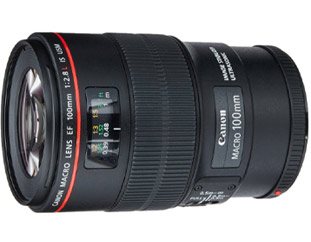 If you need a stabilized macro lens, check out the Canon EF 100mm f/2.8L IS USM. It’s got a Hybrid IS system that helps up to 3 stops, making hand-held macro work easier.
If you need a stabilized macro lens, check out the Canon EF 100mm f/2.8L IS USM. It’s got a Hybrid IS system that helps up to 3 stops, making hand-held macro work easier.
Image quality wise, it’s more or less identical to the 100mm f/2.8 non-IS version, so if most of your work happens on a tripod you can get the same results. However, the L macro is weather sealed and is more appropriate for rain and other difficult situations.
They’re both equally as fast and accurate at focusing, but the L version has a much smoother focus ring. Can’t decide which one to get? If build quality and IS are extremely important to you, get the L version, especially if you plan on using the macro lens outdoors almost daily.
You can buy it at Amazon or see more reviews here.
3. Canon EF 135mm f/2L USM
It would be a shame if we left out the legendary Canon EF 135mm f/2L USM.
Yes, it was released in 1996 but it still gives results as if it was released in this age. Images are sharp, the quality and background blur are amazing at 135mm, and it’s super fast at auto focusing.
You might miss having Image Stabilization, but the big f/2 aperture helps in most situations. For outdoor and studio use, whether it’s portraits, pets or sports, you will hardly find a better prime! It’s a good choice for not so tight indoor scenes (like sports) where f/2 helps tremendously with getting acceptable shutter speeds. Plus, if you will use it for indoor sports you won’t even miss IS as it only helps with static subjects.
You can buy it at Amazon or see more reviews here.
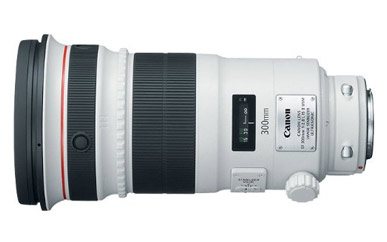
- Canon EF 200mm f/2.8L II USM – Portraits, sports and animals. Like the 70-200mm f/2.8 but at 200mm, and cheaper.
- Canon EF 300mm f/2.8L IS USM II – Outdoor and indoor action lens, but you might have to crop for wildlife
- Canon EF 400mm f/2.8L IS USM II – Outdoor and indoor action lens
- Canon EF 500mm f/4L IS II USM – For wildlife and bird photography, or outdoor sports
- Canon EF 800mm f/5.6L IS USM – For photographing birds on the moon.
Best Zoom Lenses for Canon EOS-1D X Mark III
– For Traveling, All-Around, Indoor, Outdoor and Everything Above –
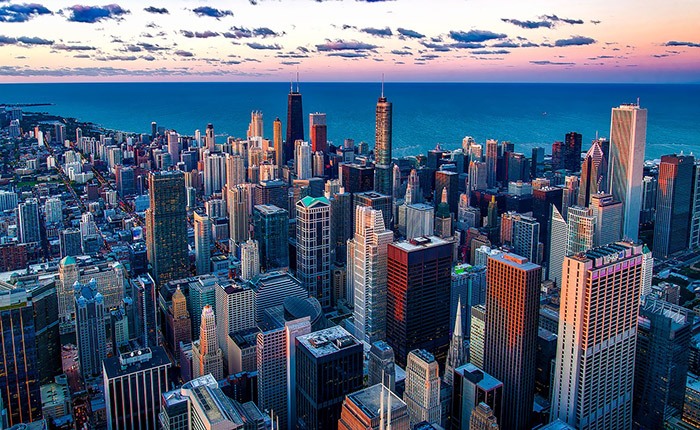
Best wide zoom -> Canon EF 16-35mm f/4L IS USM
Best all-around zoom -> Canon EF 24-70mm f/2.8L II USM
Best supertelephoto -> Sigma 150-600mm f/5-6.3 DG OS HSM
There’s a ton of amazing Canon EF zoom lenses to choose from.
Whether you’re looking for an all-around f/2.8 zoom, a monster telephoto or an extreme wideangle for indoor photography, you got it all.
Our favorite price/performance picks are the following; Canon EF 16-35mm f/4L IS USM as a wide and travel zoom, Canon EF 24-70mm f/2.8L II USM for portrait, wedding, travel and event photography and Sigma 150-600mm f/5-6.3 DG OS HSM for super telephoto without breaking the bank. If money is no limit, the 200-400mm or any of the primes above is your best choice.
1. Canon EF 11-24mm f/4L IS USM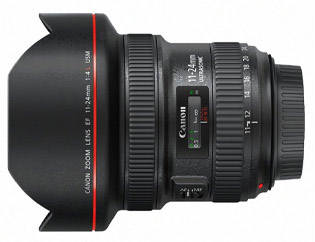
The Canon EF 11-24mm f/4L IS USM is the widest Canon zoom that’s built like a tank and offers great image quality.
It’s quite expensive so unless you absolutely need the 11mm length and this type of build quality, you’ll be better off with the 16-35mm below. The 11-24mm is the closest Canon lens to Nikon’s 12-24mm and is ideal for ultra wide scenes (indoors, buildings, nature, landscapes, group shots etc.).
As expected from an L lens at this price, you get super fast and silent auto focusing (USM) as well as FTM, and SWC and ASC (coatings) that reduce the amount of ghosting and flare.
You can buy it at Amazon or see more reviews here.
2. Canon EF 16-35mm f/4L IS USM
We think the Canon EF 16-35mm f/4L IS USM offers the most for the money compared to other Canon wide zoom lenses. It’s sharper than the f/2.8 and unless you mostly shoot indoors you won’t miss the extra stop of light (the high ISO on 1D X II is really good).
Unlike the f/2.8, it also features Image Stabilization but you’ll only find it useful at above ~25mm or when recording videos. The rule has always been to shoot with a shutter speed number equivalent to or faster than the focal length, which means you need to use 1/25 at 25mm and so on. In case you need the extra stop of light, take a look at the
Auto focus is also fast and accurate, there’s an FTM feature for fast manual focusing and the lens is light enough to use it for traveling. Definitely a winner from Canon!
You can buy it at Amazon or see more reviews here.
3. Canon EF 24-70mm f/2.8L II USM
Simply put, the Canon EF 24-70mm f/2.8L II USM covers one of the most common working distances all of us use every day. It’s wide enough for traveling, landscape, but also long enough for weddings, portraits and many events. If you’re close to the field, it’s also a good choice for sports and indoor action.
Compared to the 24-70mm f/4L you do lose Image Stabilization and it doesn’t seem like Canon has any plans on ever releasing the 24-70mm f/2.8 with it. An extra aperture stop makes the background more blurry and gives you that good looking bokeh though.
If you can’t decide which one to go with, just ask yourself which is more important; f/2.8 for low light shots or lighter weight for traveling.
You can buy it at Amazon or see more reviews here.
4. Canon EF 70-200mm f/2.8L IS II USM
 The Canon EF 70-200m f/2.8L IS II USM is one of Canon’s finest lenses, and probably the best zoom there is. This is a lens you’ll never have to upgrade from.
The Canon EF 70-200m f/2.8L IS II USM is one of Canon’s finest lenses, and probably the best zoom there is. This is a lens you’ll never have to upgrade from.
It’s tack sharp and has great colors, not to mention it’s far more weather-proof than regular lenses. This is the same for 99% L lenses. As expected from paying so much for a lens you get USM and IS, both being extremely useful at telephoto ends. If you don’t need the IS and want something lighter, there’s a Canon EF 70-200mm f/2.8L USM that goes for ~$500 less.
It’s big and heavy, but it’s a telephoto f/2.8 zoom… Almost every wedding, news, sports, portrait and nature photographer owns one.
You can buy it at Amazon or see more reviews here.
5. Canon EF 70-300mm f/4-5.6L IS USM UD
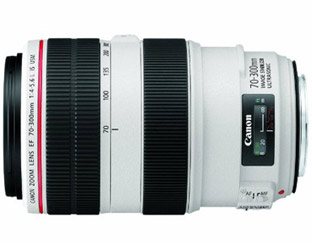 There’s a whole army of 70-300mm lenses, but we feel like the Canon EF 70-300mm f/4-5.6L IS USM takes the number one spot. There’s a cheaper non-L version but not as good, and is also getting replaced pretty soon so we’ll see how that goes.
There’s a whole army of 70-300mm lenses, but we feel like the Canon EF 70-300mm f/4-5.6L IS USM takes the number one spot. There’s a cheaper non-L version but not as good, and is also getting replaced pretty soon so we’ll see how that goes.
The L version is built like a tank and feels extremely solid so if you want to be assured your photography gear is safe when traveling, you’ll love it. Auto focus is fast and USM makes it super silent and accurate as well, whereas IS helps you in low light or when you get tired and can’t shoot totally still anymore. The longer your focal length the more your shaking can be visible.
You can buy it at Amazon or see more reviews here.
6. Canon EF 100-400mm f/4-5.6L IS II USM
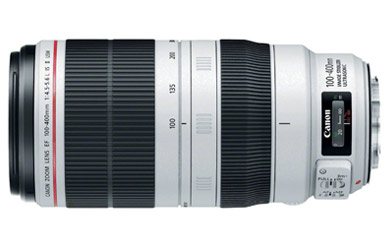 With better design, Image Stabilization and optics than the previous version (1998), the new Canon EF 100-400mm f/4-5.6L IS II USM is a way better choice for wildlife and bird photography.
With better design, Image Stabilization and optics than the previous version (1998), the new Canon EF 100-400mm f/4-5.6L IS II USM is a way better choice for wildlife and bird photography.
You can also use it for sports, airplanes and any other fast subject, as auto focus is fast and on point. Construction wise, it feels very solid and well made. You don’t have to worry about it even when shooting in tougher conditions (dust, rain, forests etc.).
It is somewhat okay for indoor telephoto work, but not without raising the ISO to at least 3,200 if you want faster shutter speeds. Outdoors, the lens is more or less perfect. You can also use an extender if you feel it’s too short.
You can buy it at Amazon or see more reviews here.
7. Sigma 150-600mm f/5.6-6.3 DG OS HSM
Want to photograph wildlife, the moon or both at the same time? The Sigma 150-600mm DG OS HSM, released back in 2014, is your cheapest way of ever reaching 600mm with acceptable quality.
No bird is safe from you, and with HSM for focusing you can count on getting sharp results even when your subject is running. OS (Optical Stabilization) is a must, especially if you’re not using a monopod. You can always use the 16fps burst mode of the 1D X II if you’re trying to maximize your chances of getting a sharp result though.
Anything bad? The f/6.3 makes it unusable for indoor sports, and it’s relatively heavy to carry around (68.1 oz/1930g). The downside of this downside is that it’s actually the lightest zoom that reaches 400mm. If you don’t have any trouble carrying around and love photographing in the nature, you’ll easily get over these negatives.
You can buy it at Amazon or see more reviews here.
Lens Prices
| Lenses | Price | Works on | Year |
| Canon TS-E 17mm f/4L UD | Amazon | Full Frame + APS-C | 2009 |
| Canon EF 24mm f/1.4L II USM | Amazon | Full Frame + APS-C | 2008 |
| Sigma 35mm f/1.4 Art DG HSM | Amazon | Full Frame + APS-C | 2012 |
| Canon EF 40mm f/2.8 STM | Amazon | Full Frame + APS-C | 2012 |
| Sigma 50mm f/1.4 Art DG HSM | Amazon | Full Frame + APS-C | 2014 |
| Canon EF 50mm f/1.2L USM | Amazon | Full Frame + APS-C | 2006 |
| Canon EF 85mm f/1.8 USM | Amazon | Full Frame + APS-C | 1992 |
| Canon EF 100mm f/2.8L IS USM Macro | Amazon | Full Frame + APS-C | 2009 |
| Canon EF 135mm f/2L USM | Amazon | Full Frame + APS-C | 1996 |
| Canon EF 200mm f/2.8L II USM | Amazon | Full Frame + APS-C | 1996 |
| Canon EF 300mm f/2.8L IS II USM | Amazon | Full Frame + APS-C | 2010 |
| Canon EF 400mm f/2.8L IS II USM | Amazon | Full Frame + APS-C | 2010 |
| Canon EF 500mm f/4L IS II USM | Amazon | Full Frame + APS-C | 2011 |
| Canon EF 800mm f/5.6L IS USM | Amazon | Full Frame + APS-C | 2008 |
| Canon EF 11-24mm f/4L USM | Amazon | Full Frame + APS-C | 2015 |
| Canon EF 16-35mm f/4L IS USM | Amazon | Full Frame + APS-C | 2014 |
| Canon EF 24-70mm f/2.8L II USM | Amazon | Full Frame + APS-C | 2012 |
| Canon EF 70-200mm f/2.8L IS II USM | Amazon | Full Frame + APS-C | 2010 |
| Canon EF 70-300mm f/4-5.6L IS USM | Amazon | Full Frame + APS-C | 2014 |
| Canon EF 100-400mm f/4.5-5.6L IS II USM | Amazon | Full Frame + APS-C | 2014 |
| Canon EF 200-400mm f/4L IS USM | Amazon | Full Frame + APS-C | 2013 |
| Sigma 150-600mm f/5-6.3 DG OS HSM | Amazon | Full Frame + APS-C | 2015 |
Which Lens to Buy First?
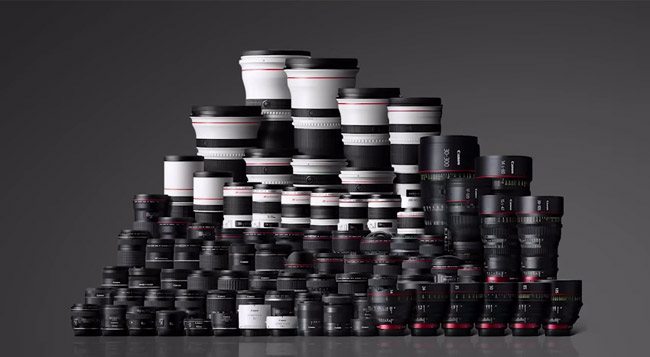
Okay so let’s say you have found a couple of lenses in our guide that you would love to own, but can’t decide which ones to pick first.
While we could complicate this, it all comes down to whether your current gear allows you to photograph what you want.
Chances are you like different styles of photography and want to shoot pretty much everything that exists. If your budget allows you and you have at least a little bit of skills at DSLR photography then absolutely go for whatever you like on this list.
These 4 factors are what it boils down to before we all buy a new lens:
- Better quality
- Better low light performance
- Wider or longer focal length
- Price
For example, if you’ve been using the 24-105mm kit lens for a few months, you’re probably wanting both better quality and improved low light performance. Any prime lens we talk about is a good choice, go with a length that you feel you use most of the time.
You should get a lens when you want better performance at what you’re already shooting (sharpness, length, zoom, aperture etc.), or to start taking pictures that excite you but are hard to get with current equipment. Check out our lens table above and see what fits your budget and needs.
While the right lens is the most important thing to complement your camera, remember that the speed of your memory card is also extremely important. There are a lot of memory card brands out there so it can be a bit overwhelming to figure out which on is compatible with your camera.
If you need some help finding the right one check out our selection of the best photography accessories.
Here’s a useful link if you’re really interested in Canon lenses and technology behind them:
- How are Canon EF Lenses made – The official Canon page
Find the Perfect Canon Lens
If you’re looking to narrow down the options based on a specific type of photography or if you’re trying to figure out what the best lenses are for a particular Canon camera then check out our simplified guide to finding the best Canon lenses by using our “5 star” selection system.
> See all of our Canon lens guides
Last Updated on January 19, 2022 by Nick Voorhees
First and foremost, I’m a husband and father. Then professionally I’m photographer, designer, blogger, and Esty store owner. My homebase is near the stunning Wasatch mountains in Utah but I love traveling with my family as part of our homeschooling journey. I also love teaching and helping out others. My faith is one of the biggest aspects of my life and brings be a consistent joy that I haven’t found in anything else. My main blog is BestPhotographyGear.com and I strive to make photography simple for anyone looking to learn or find gear for their individual needs. By nature, I like to study, research, and analyze things and I use that help provide the best advice and reviews I can.

